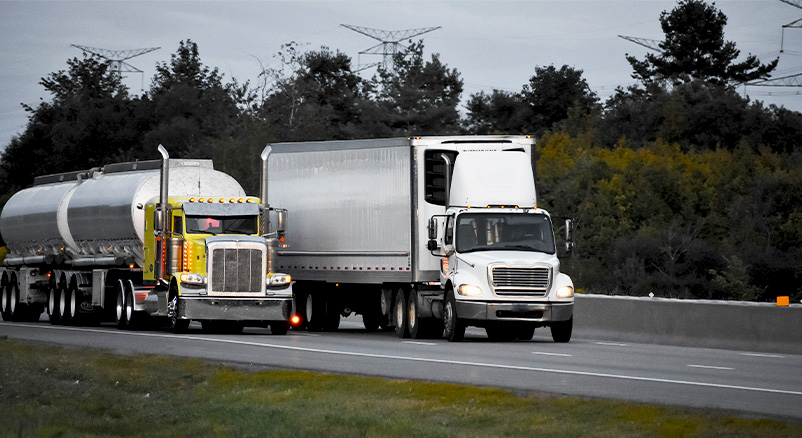The cement industry, a vital cog in the machinery of infrastructure development, confronts a series of logistical challenges that, if not addressed, can sap efficiency and inflate operational costs. Among these, three key issues—Detention Time, True Distance Measurement, and Route Deviation—loom large as the “elephants in the room,” demanding immediate and strategic intervention.
Detention Time: The Hidden Drag on Productivity

Detention time, the cumulative duration a vehicle spends idling—from unloading at the plant to reloading—encompasses both inbound and outbound operations. Ideally, this time should be minimized to ensure fluid operations and optimal fleet utilization. Yet, in the real world, prolonged detention time has insidiously embedded itself as a major bottleneck in the cement industry.
The economic impact of extended detention times cannot be overstated. What begins as a simple delay quickly snowballs into a significant drag on profitability, reducing fleet efficiency and escalating operational costs. Every minute a vehicle is detained is a minute lost in potential revenue, as fewer trips can be completed within a given timeframe. The result is higher costs and missed opportunities for additional deliveries—an inefficiency that the industry can ill afford.
True Distance: The Quest for Precision
In the logistics domain, especially within the cement industry, the ability to accurately measure the true distance traversed by vehicles is crucial for evaluating driver performance and optimizing routes. However, this seemingly straightforward task is often complicated by issues like GPS signal loss and network disruptions.
When GPS signals falter, the true distance traveled becomes a murky calculation, leading to gaps in data and skewed assessments of driving patterns. This lack of precision not only hampers efforts to monitor and improve driver efficiency but also impairs route optimization and fuel management. Moreover, without accurate distance measurement, calculating the true cost of each trip becomes a guessing game, complicating financial planning and budgeting.

Route Deviation: Navigating the Uncharted

Route deviation—when vehicles stray from their planned paths—presents another formidable challenge in the cement industry. Such deviations can trigger a cascade of issues, including geofencing violations, the need for lead correction, and even more concerning, risks such as theft, pilferage, and damage to both vehicle and cargo.
The consequences of route deviation extend beyond operational inefficiencies; they pose serious risks to driver safety, cargo integrity, and the overall functioning of the supply chain. Addressing these deviations is not just about restoring order; it’s about safeguarding the entire logistical ecosystem and ensuring that the wheels of the cement industry keep turning smoothly.
Conclusion: Charting a New Course with Technology
Kapil Kapoor of JKLC Cement delves into these critical issues, shedding light on their impact on the cement industry’s logistics operations. He also discusses the innovative solutions pioneered by Axestrack, which leverage advanced analytics to untangle these logistical knots. By embracing cutting-edge technology, Axestrack offers a way forward—enhancing efficiency, reducing costs, and optimizing fleet operations. This strategic intervention not only navigates the industry through its current challenges but also paves the way for a more resilient and streamlined supply chain.





